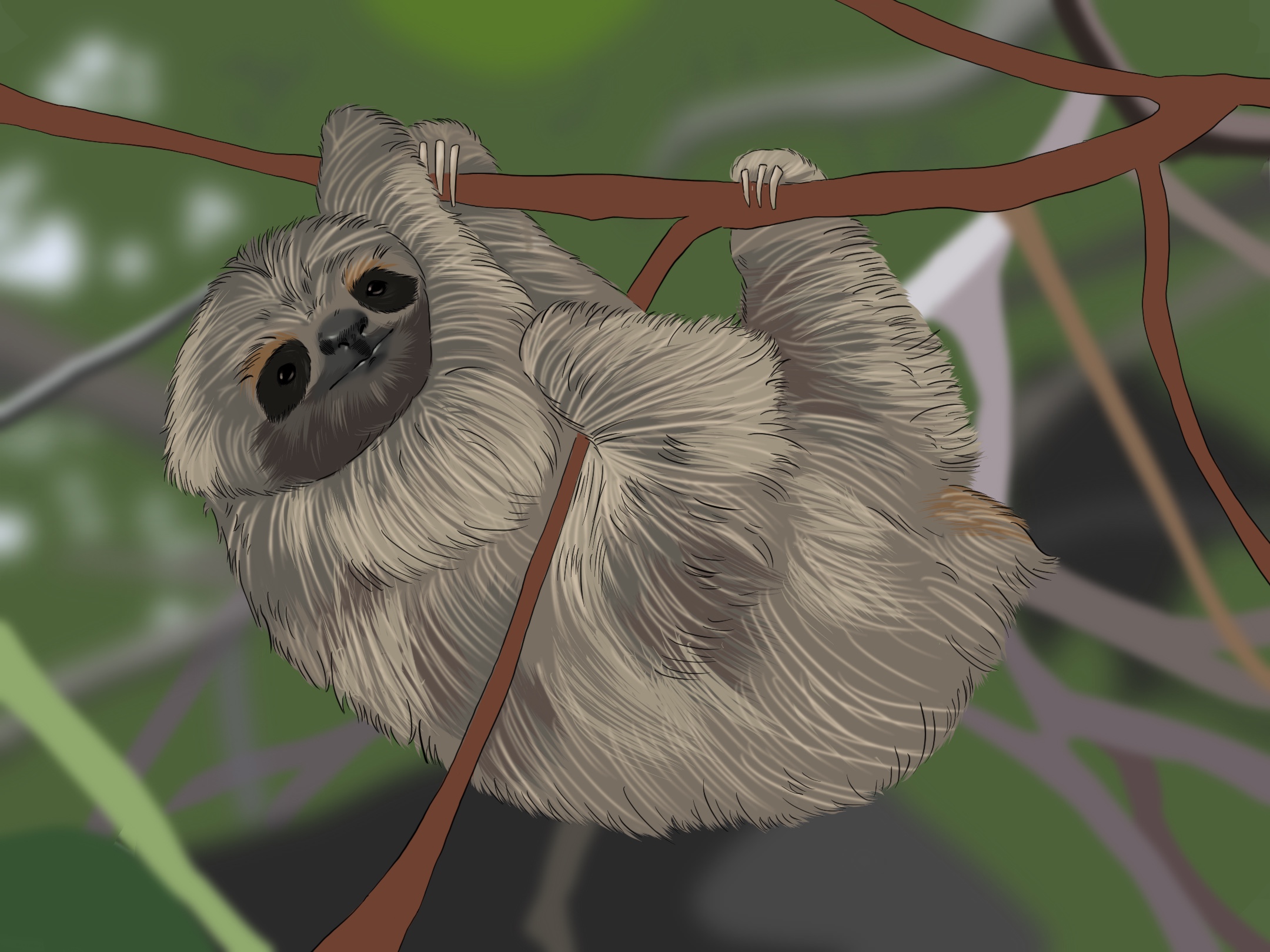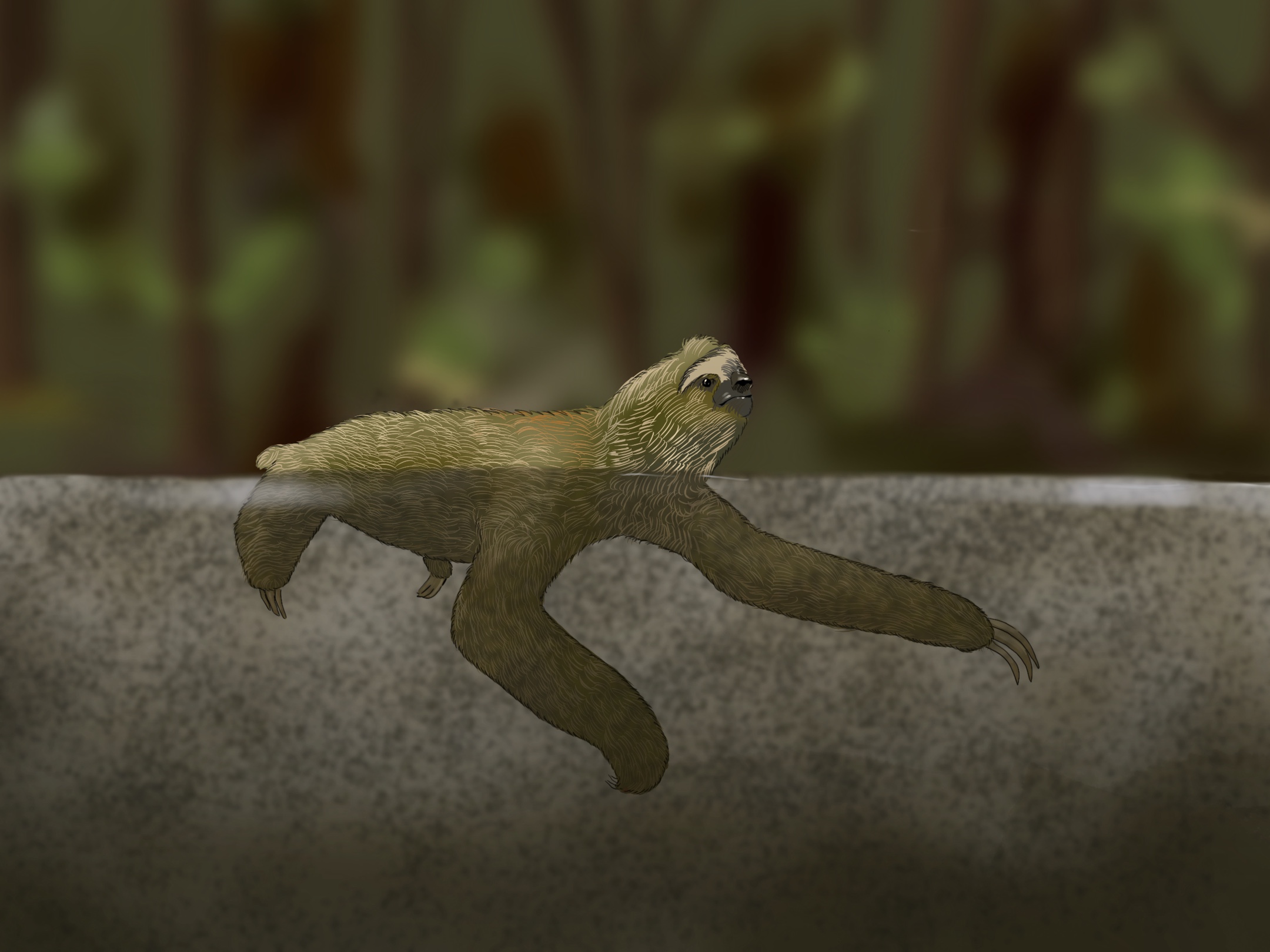Three-toed sloths currently live in the trees of the tropical forests of South America. They have arms longer than their legs, and curved feet for grasping branches. Their long claws and muscle structure make it nearly impossible to walk. They have dense coats to keep dry. In order to camouflage with their leafy surroundings, they grow algae on their body to make their fur appear greenish.
If the Amazon rainforest were to become a forested wetland due to climate change and rising sea levels, here's how three toed sloths would adapt to the wetter environment. Their algae heavy coats would become less dense to accommodate for the rising temperatures. Sloths already have long, muscular arms great for swimming. They would expand their diet to include more wetland plants, as wetlands don’t produce fruits. Swimming is physically tolling, so sloths would likely become smaller to maintain a higher metabolism.
Contact us
Thank you for your interest in contacting Future Engineers. We look forward to connecting with you!
General Inquiries
support@futureengineers.orgSponsorship Inquiries
sponsor@futureengineers.org

